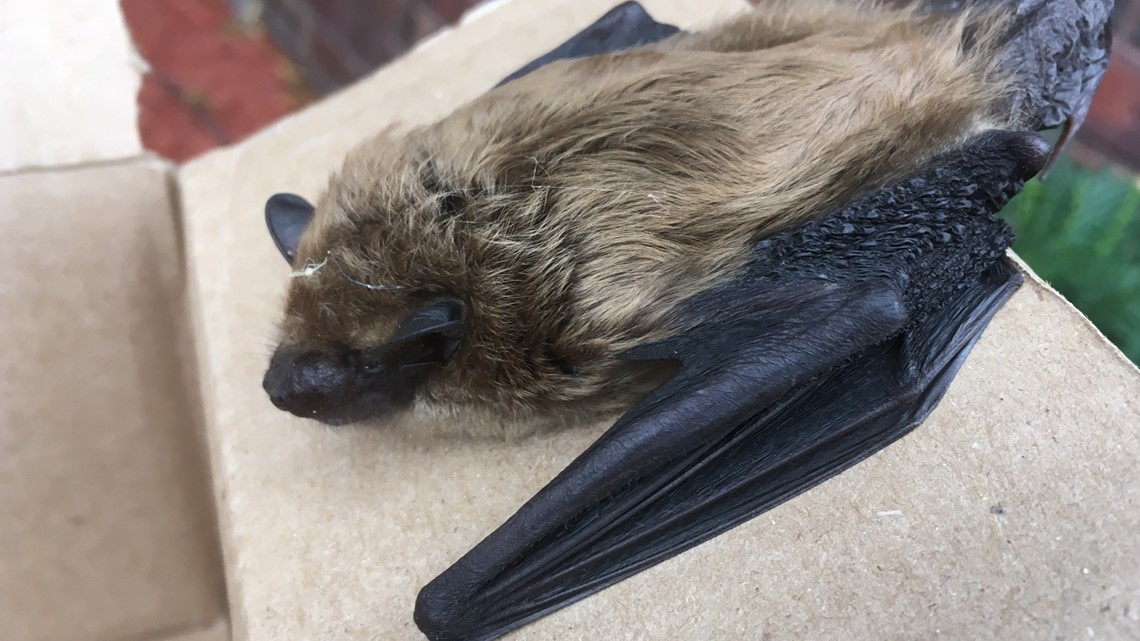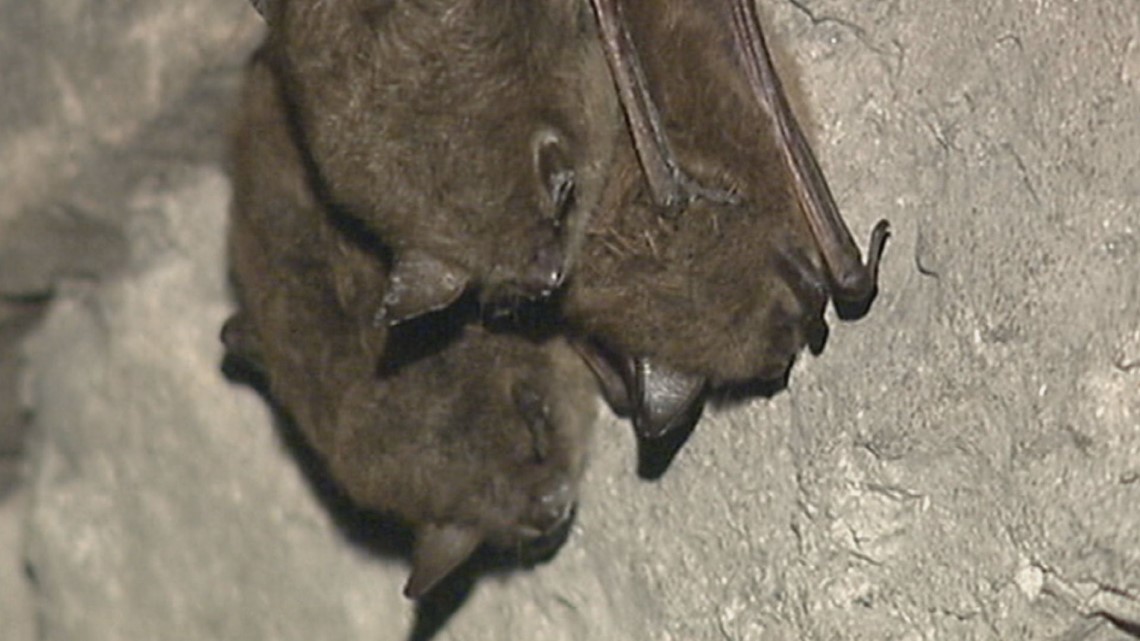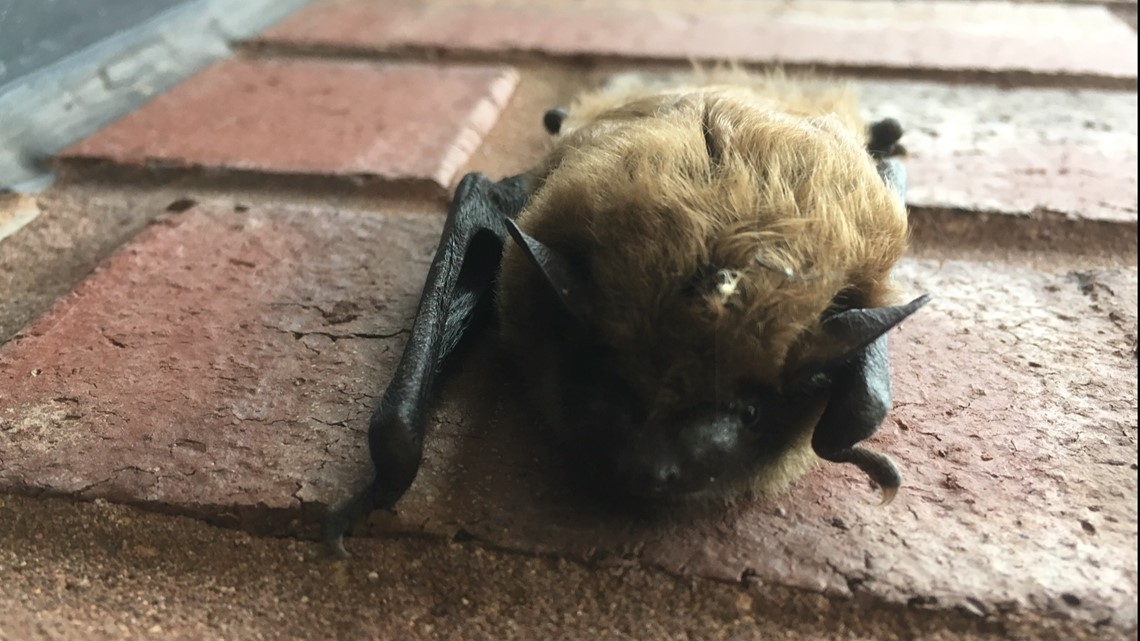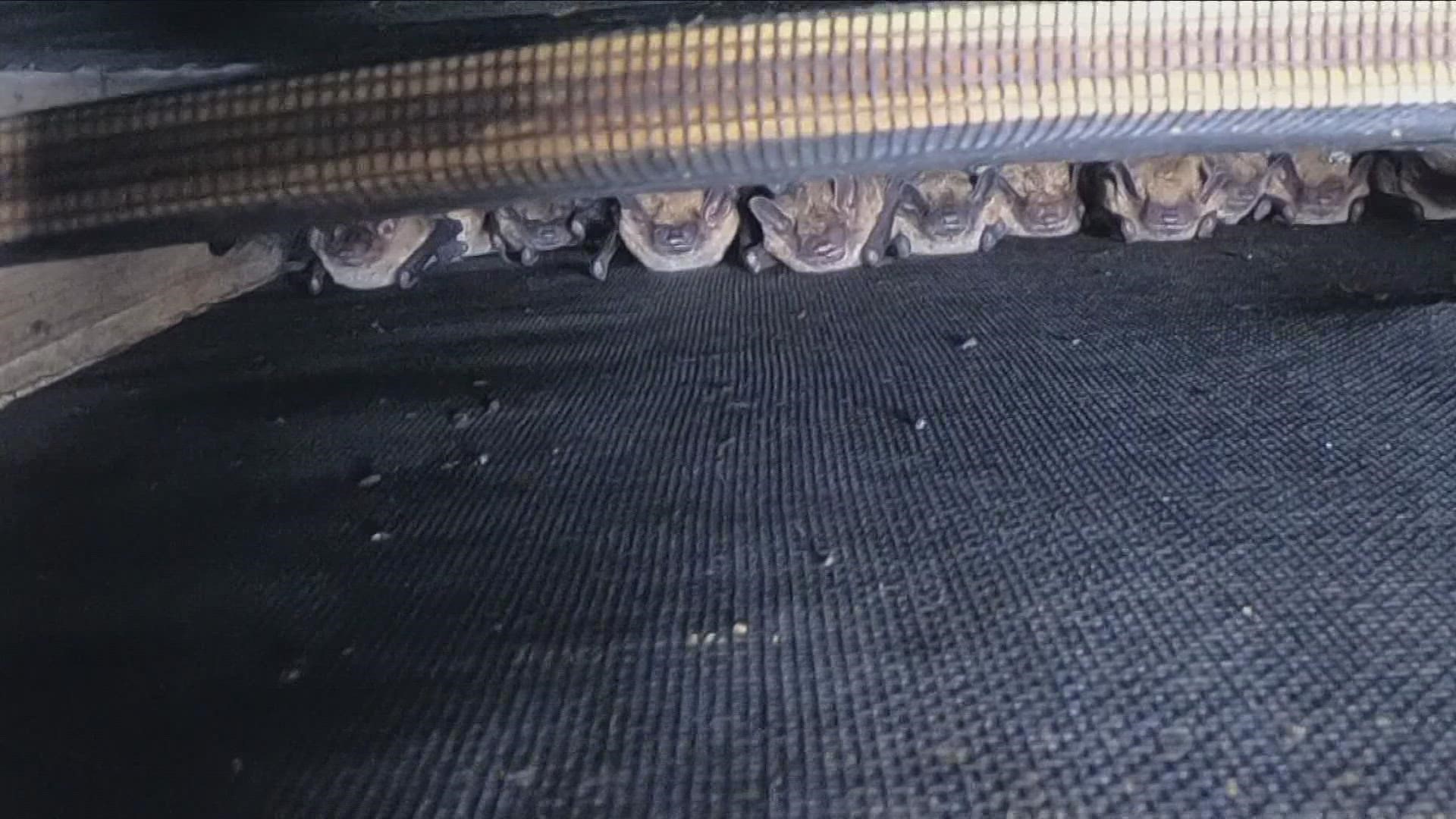WESTFIELD, N.Y. — Few animals are more feared and misunderstood and have suffered greatly at the hands of man. But their reputation could not be further from the truth. They pose no threat, and to the contrary, play an important role in our environment.
In Chautauqua County, research is ongoing in an effort to help conserve the bat population there. Jonathan Townsend is a UB Ph.D. candidate conducting important studies.
"What I'm ultimately trying to do is identify environmental predictor variables that help explain bat activity so that we can find maybe places that are most important to them and refine conservation efforts and make sure that we're, if we're trying to do something to benefit bats, we can benefit them in the best way possible."


Locally, some species are being decimated by White Nose Syndrome, a fungal disease that was carried here from Europe in 2007. It has now spread across the country and has been found as far away as Washington State. One of our most common bats in NY, the Little Brown Bat has suffered declines from 90 to 99%
"White Nose Syndrome has been termed one of the most catastrophic declines of wildlife in modern history," Townsend explains. "So something up there with the Passenger Pigeon and the Bison, so this is a really serious population crash that's happened."
In the last decade it's estimated that globally, bats have declined by a third to half of the total population. Their loss will also be ours, as bats contribute much to ecosystem services.
"Just in Chautauqua County, bats are providing almost 10 million dollars a year just to Chautauqua County, and that's through control of insect pests for the agricultural industry."


The research will go far to help stem this fatal tide. But landowners can also help out. Erecting bat houses like these can provide a safe haven. Townsend believes that this colony has lived on the land since the Civil War.
"We can protect where they hibernate, and we can protect where they rear their pups. We have an active maternity colony here, every year these females are rearing pups at this same place. And so because they go back to the same place once you have that colony established, putting up a bat house is one of the best things you can do to create those conditions."


Townsend says that education and a change in attitude will also help to make sure bats survive in the future.
"We victimize these groups of animals at our own peril because we really need to be more concerned about a world without bats or a world with diminished bat populations than we actually need to be scared of bats themselves."


